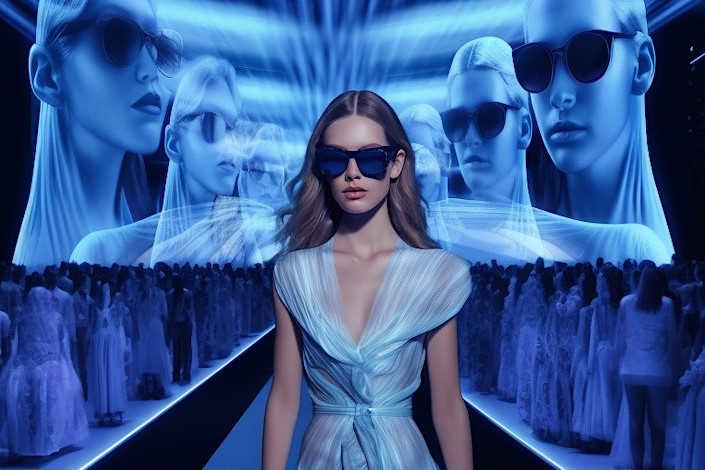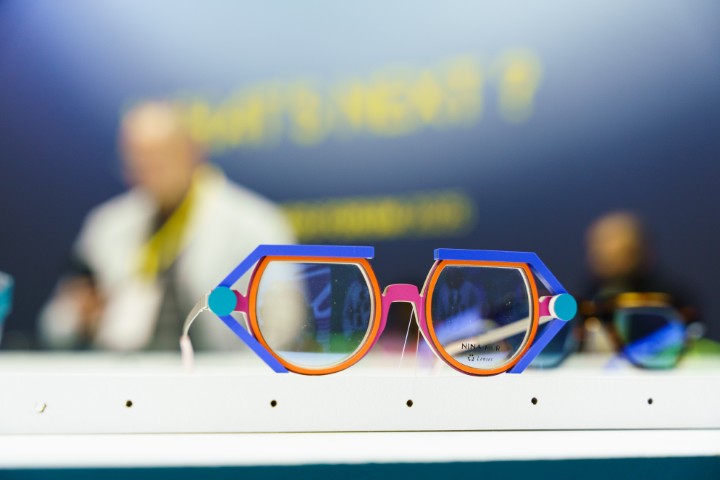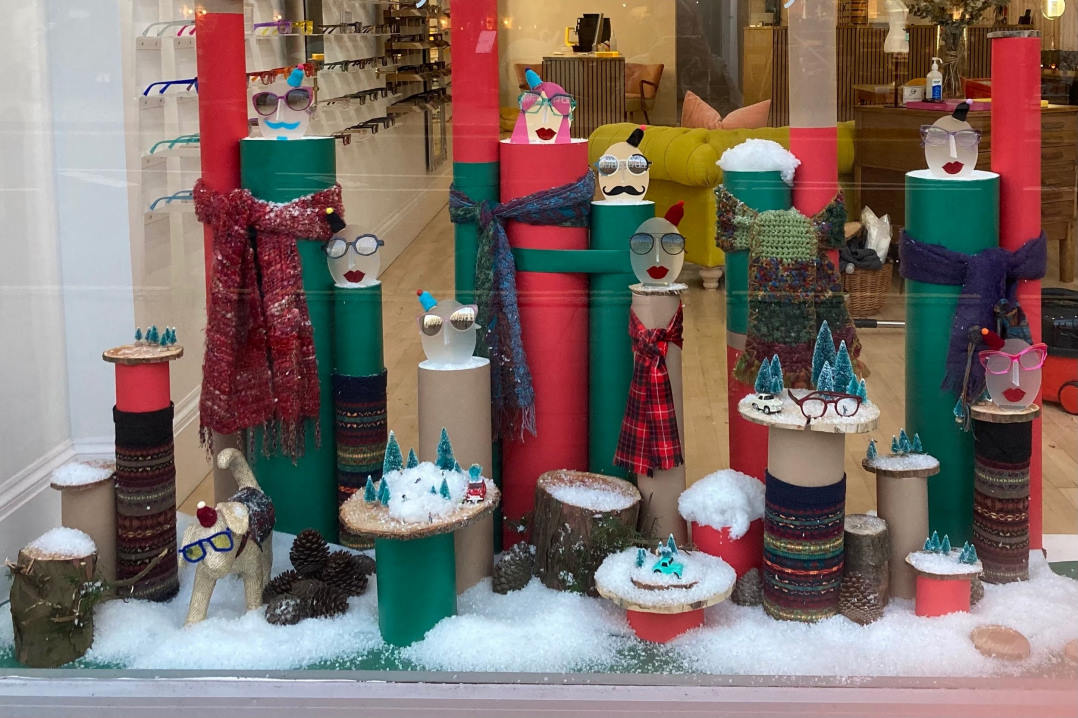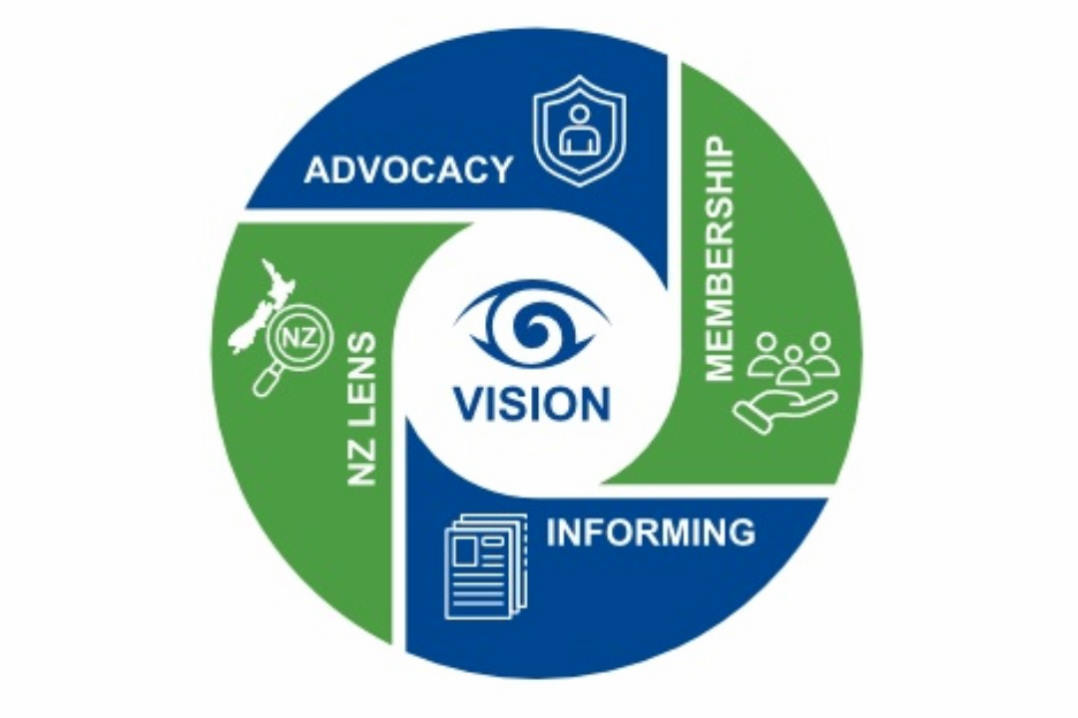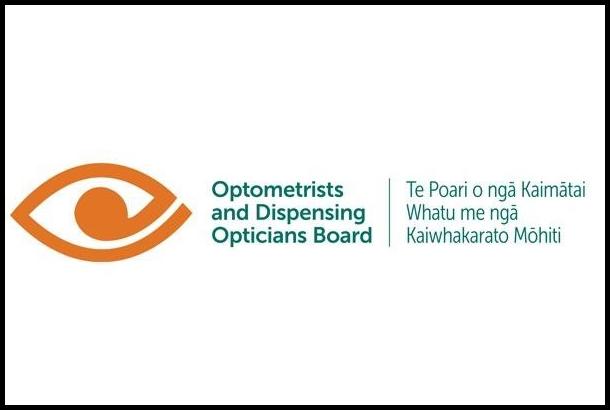The virtual frontier – it’s time to make the leap
The metaverse has everyone buzzing, apparently changing life as we know it. But to anyone like me, it’s an esoteric concept – I have a hard enough time operating my multitude of TV remotes! But I recently put on my brave-girl shoes and took a virtual trip into The Optical Metaverse with founder Charlene Nichols. It was a mind-bending and sometimes confusing ride but what I discovered contains oodles of potential for optometrists, optical dispensers and the industry at large.
The metaverse for the metaverse-averse
The metaverse is an online platform you could liken to a video game you don’t just play but become part of by building your own avatar/character, connecting with a wide range of people and participating in a whole bunch of things you may not be able (or want!) to do in real life – like fly or bungee jump. You access it all using a virtual headset/glasses or through your web browser.
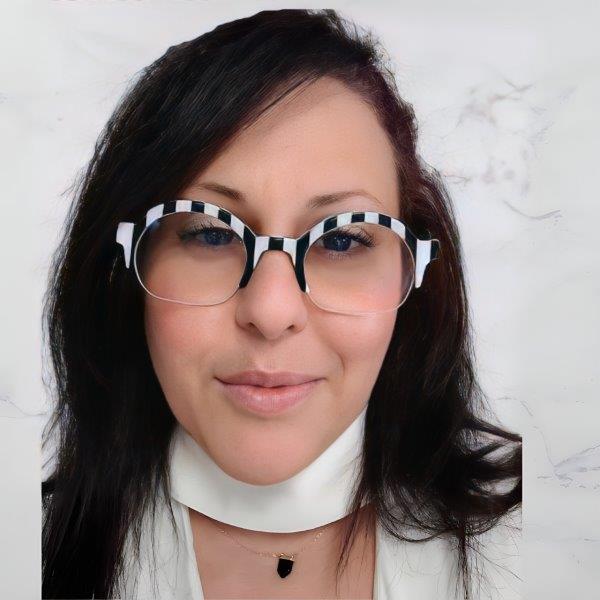
Charlene Nichols, founder of the Optical Metaverse
Nichols’ version is ‘The Optical Metaverse’, a place she proudly boasts contains the “first ever optical shop in the metaverse” where patients can virtually try on glasses and create a wish list. “You can then send this wishlist to your favourite dispensing optician,” she said.

Inside the Optical Metaverse
In conjunction with The Optical Metaverse, Nichols and her team run virtual trade shows, including this month’s Optical Metaverse Fashion Show. Apart from the visitor’s ability to ‘teleport’ into The Optical Metaverse, the show offers an educational component, with streamed sessions covering cutting-edge technology and fashion topics which re-imagine the future of optometry businesses; you can re-watch these at any time. It has shopping and networking functionalities, with the ability to visit interactive booths where brands can ‘go live’ so you can sit down at their table and talk to the people behind them. You can also enjoy what Nichols terms “the universe’s first ‘phygital’ (a physical and digital experience) eyewear fashion show,” with models walking the runway.
One advantage of this show – especially for independents with tight purse strings – is it’s free to attend, unless you’re keen to pay to exhibit, advertise or sponsor events such as virtual scavenger hunts.
If, like me, you find the tech aspect overwhelming, Nichols is quick to address this. “It’s always my pleasure to guide people through because I know how intimidating it can be. So we just take it one step at a time and it’s really very intuitive. We have online tutorials on our YouTube channel and we record the walkthrough on the first day. All participants also receive a concierge event-support lead who will check in with them before the event to make sure they have everything they need.”
Why go virtual?
Rather than use existing tools, Nichols said she purposefully built the platform with her own team “so we could use our legacy knowledge of what dispensing opticians need, which is (different to) what the patient needs.” She recruited the skills of US-based primary care and low-vision optometrist Irina Yakubin early in the process.
“She's been a tremendous addition to our team and shared a lot about patient education, something she’s really passionate about. We also tried some experimental event formats, like the Performance Vision Summit. It was a mini show focused on performance vision and gaming. We brought in e-sports players and others from the gaming industry and it was one of the best shows we've done because it was so connective.”
Although she geared her shows and the subsequent Optical Metaverse to eyecare professionals, specifically independents, audience feedback persuaded Nichols to expand it to everyone, including the bigger brands. “We're opening up the platform to anyone who’s interested in vision and eyecare. I’ve been rocked by the number of people I thought would love this because of The Optical Metaverse or the virtual try-on but who really want to find out about all things eyes!”
The exhibitor experience
My virtual tour was short and sweet, so I also wanted to understand the exhibitor’s perspective. David Green from David Green Eyewear, Jason Kirk from Kirk & Kirk and Michael Nicolas from Kazoku Lunettes all shared interesting insights from October 2022’s virtual trade show.
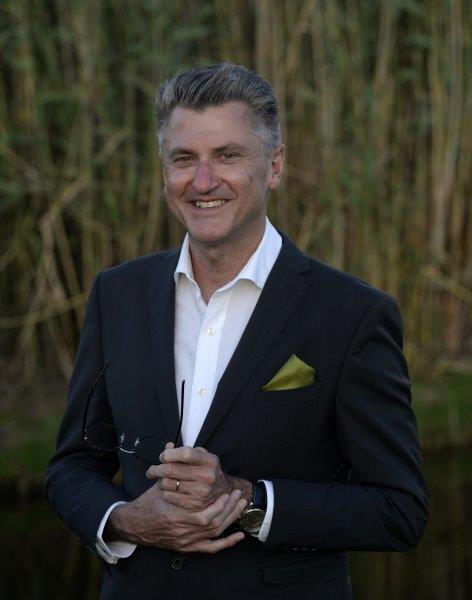
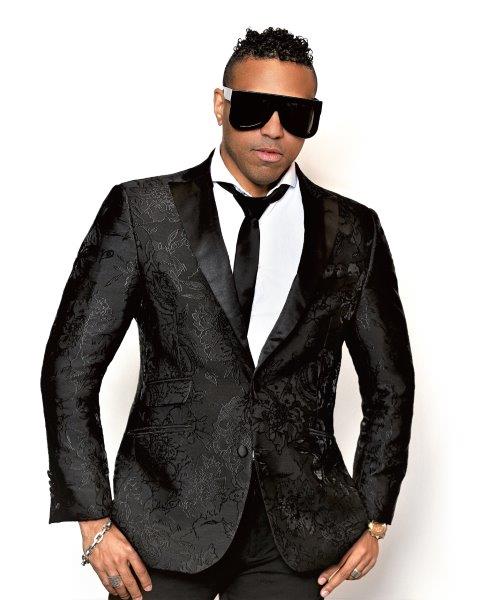
David Green and Michael Nicolas
While Green and Nicolas chose to showcase their wares in front of a new audience, Kirk said it was important just to be there. “We need to be involved in this ground-breaking approach. Our industry needs to move forward. Our consumers are certainly changing the way they approach eyewear and we need to stay ahead of them if we can, but at the very least, keep up!” It was easy for exhibitors and consumers to find their way around, he said. “If it was difficult, nobody would attend!”
Green admitted he was wowed by the technical experience. “(It) was remarkably human. I’m based in Cape Town, South Africa, and at one stage I was walking with a doctor based in Montreal, Canada. We were chatting together with perfectly crisp audio. There was this dichotomy of being on other sides of the planet, yet right next to each other in my booth!”
It’s a great way to build a global community for your brand, he said. “Without a community, you do not have a product.”
Kirk, meanwhile, pointed to the networking opportunities. “I’ve met many new people as a result of the show. Some have become clients, but many are in different sectors of our industry. The benefit is being able to spend time with people who I would not normally meet and have the opportunity to learn from their experience.”
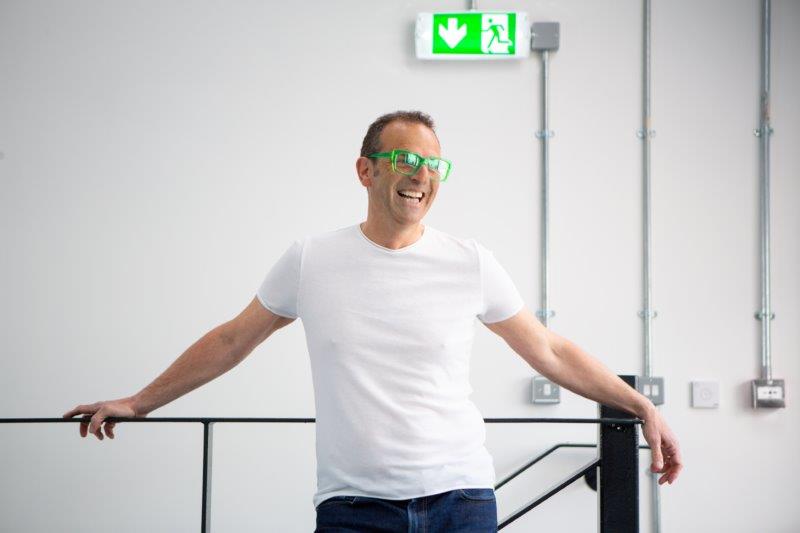
Jason Kirk
Nicolas highlighted the cost advantages. “(It’s) far less (expensive) than a physical event, especially when you consider travel and lodging costs today. We are also able to use the event to connect with audiences who are unable to make it to physical trade shows.”
However, in the metaverse it’s harder to appreciate the physicality of a product, said Green. “Often it’s a prerequisite to closing a sale, especially with a hand-crafted product like ours. (But) the technique is to have this done physically at your next trade show, with the beginning starting (virtually).”
A virtual thumbs-up?
Kirk admitted while it’s hard to create a meaningful experience that truly represents his brand, it’s due to their own limitations and not a function of the medium. Nicolas agreed, “Technology is new to most dispensing opticians and optometrists. While the audience is becoming comfortable, there may be a gap in our ROI (return on investment) while our team gains the relevant skills so we can embrace this technology and make it profitable.”
But the proof is in the pudding and all three exhibitors said they were keen to participate again. Green said he sees it as an integral part of his ongoing global marketing strategy, while Kirk said it’s a no-brainer for any store to attend. “It is going to be an important part of doing business and Kirk & Kirk needs to be at the forefront of that future.”
Nicolas said some customers who discovered his brand at the virtual trade show then came to visit his New York store. He said Kazoku Lunettes is also looking to incorporate the fashions that complement its eyewear collection at the July show, as well as launch an NFT (non-fungible token. I’d need whole other article to explain that one!).
“Typically, it would be impossible to wrap our heads around this (technology), let alone make the experience accessible to our audience, but The Optical Metaverse makes it a turnkey experience and we are excited to see what new opportunities this opens up for us,” said Nicolas. Physical trade shows will continue to have their place for face-to-face networking, but they’re very time-consuming and leave little room for getting to know customers on a deeper level, he said. “The format of My Vision Show and The Optical Metaverse provides us a 24/7 way to connect with our audiences without taking valuable time away from our schedule. This means we can spend more time having meaningful conversations at the physical shows.”
Kirk agreed, saying that virtual trade shows are likely to complement rather than replace physical shows. “Not that long ago, most stores and brands were struggling with websites and email. Ask yourself if your social media is bang on-point today? I doubt it. I know ours has room to improve. As with the virtual shows, technology is evolving around us and we need to be on top of it, because our clients certainly are.”
If you’re still on the fence about whether to make the jump into The Optical Metaverse, let’s leave the last word to Kirk. “Virtual trade shows are the way of the future. You snooze, you lose, so get involved!”
The 2023 Optical Metaverse & Fashion Show runs from 8-10 July: www.youtube.com/@theomniversecity
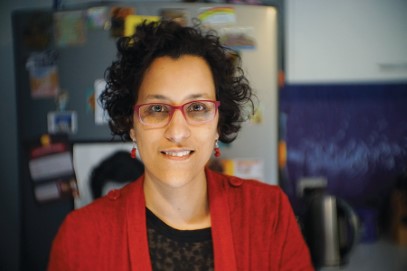
Renee Lunder is an Australian freelance journalist and proud specs wearer.







